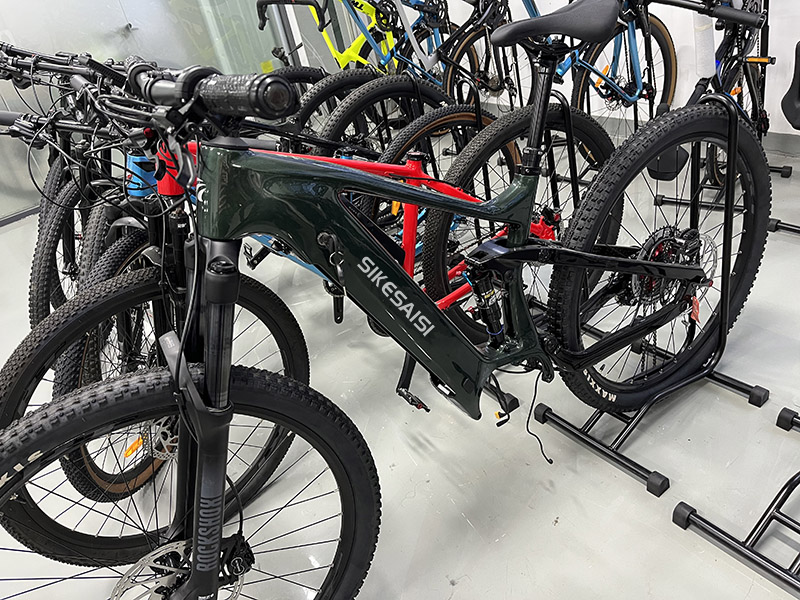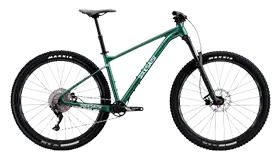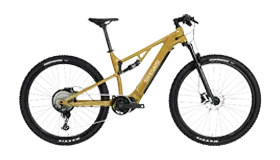How To Choose a Mountain Bike?
1. Height and size
When choosing a mountain bike, you should first choose based on your height and the type of mountain bike. The mainstream mountain bike wheel diameters are 26 inches, 27.5 inches, and 29 inches. Different wheel diameters and different frame sizes are suitable for different heights.
You can refer to the figure below to choose (frame size refers to the middle tube The sizes, 15/17/19/21 inches, are model sizes designed based on Asians, and 16/18/19.5/21.5 inches are model sizes designed based on Europeans.
2. Frame material
Aluminum alloy: A common material in the market. It is relatively light in weight, easy to process, does not rust, has good hardness and rigidity, but has almost no elasticity and poor comfort. Long-term use will accumulate metal fatigue, which is more common in low-end models.
Carbon fiber: also called carbon frame, it has relatively high strength, light weight, various processing methods and good texture. However, the surface hardness is poor and the price is relatively high. It is more common in high-end models.
Steel frame: The steel frame of the whole vehicle is relatively rare in the market, and it is more common in DIY. Luomo steel is the most common, easy to process, good elasticity, moderate price, good texture, but relatively heavy.
Titanium alloy frame: lighter than steel frame, very durable, but very expensive, more common in high-end DIY models.
3. Type
Common types of mountain bikes include XC, DH, FR, AM, Trail, etc. Of course, there are other types of mountain bikes, which are relatively rare, so I won’t go into details.
XC (Cross Country, off-road mountain bike): A mountain bike with general hardness, relatively common, light and practical.
DH (Downhill, deceleration mountain bike): high strength, strong braking, strong shock absorption ability, most suitable for downhill riding.
FR (Freeride, free riding mountain bike): It is mainly based on technology, relatively free, not very fast, and not very interesting.
AM (All Mountain, all-mountain mountain bike): It has certain technical and physical requirements for the rider, has strong adaptability to the environment, and can be used to challenge various difficult and dangerous terrains.
Trail (forest road vehicle): generally refers to mountain bike crossing vehicles, amateur riders ride, relatively low technical requirements, and more fun to ride.
4. Transmission
The transmission includes a shifter, a chainring and a flywheel. The number of shifters should correspond to the number of gear plates on the chainring and flywheel. Generally, if the gear plate of the flywheel with a large crankset is small,
the speed will be faster, but it will be more laborious.











